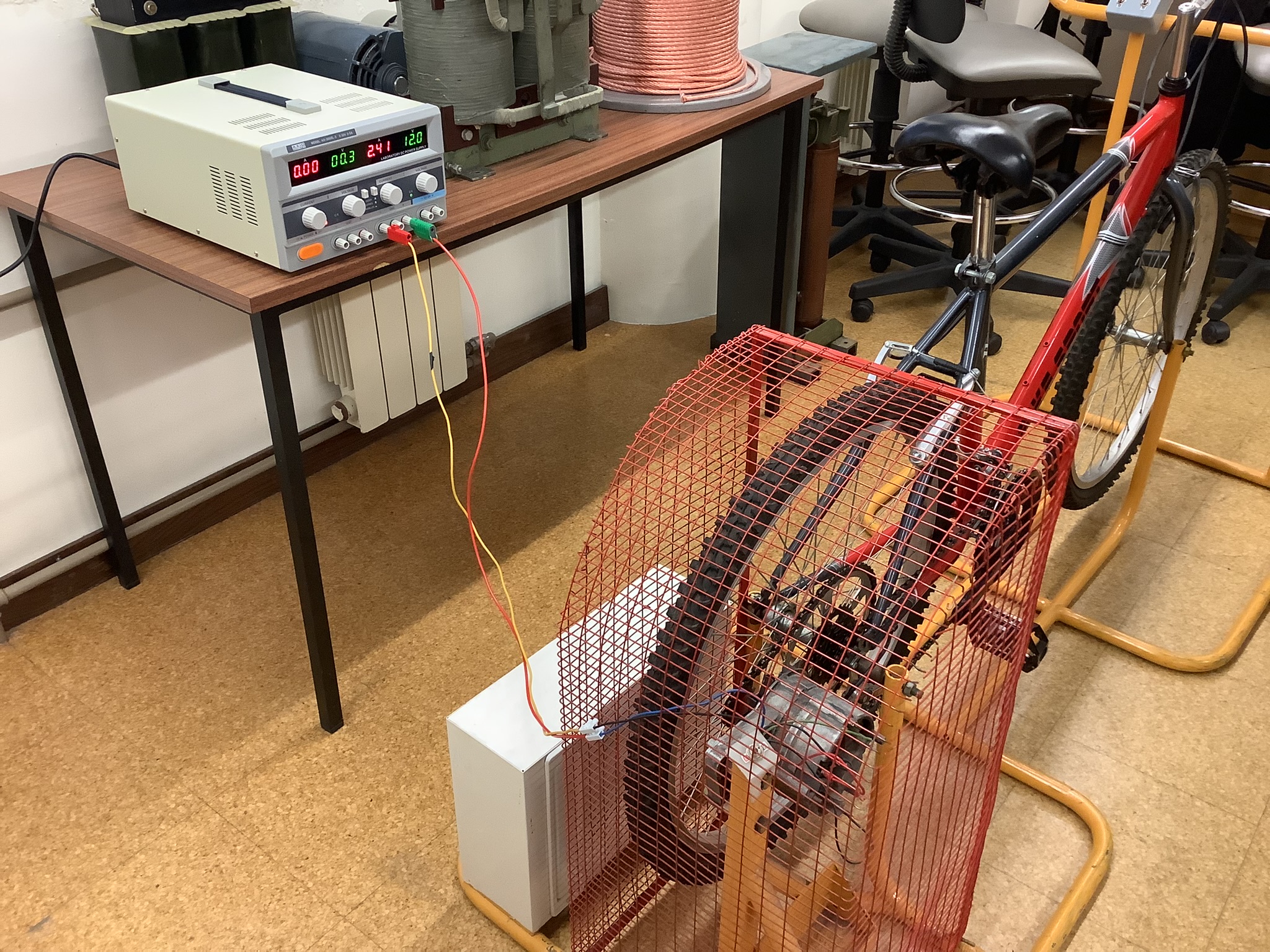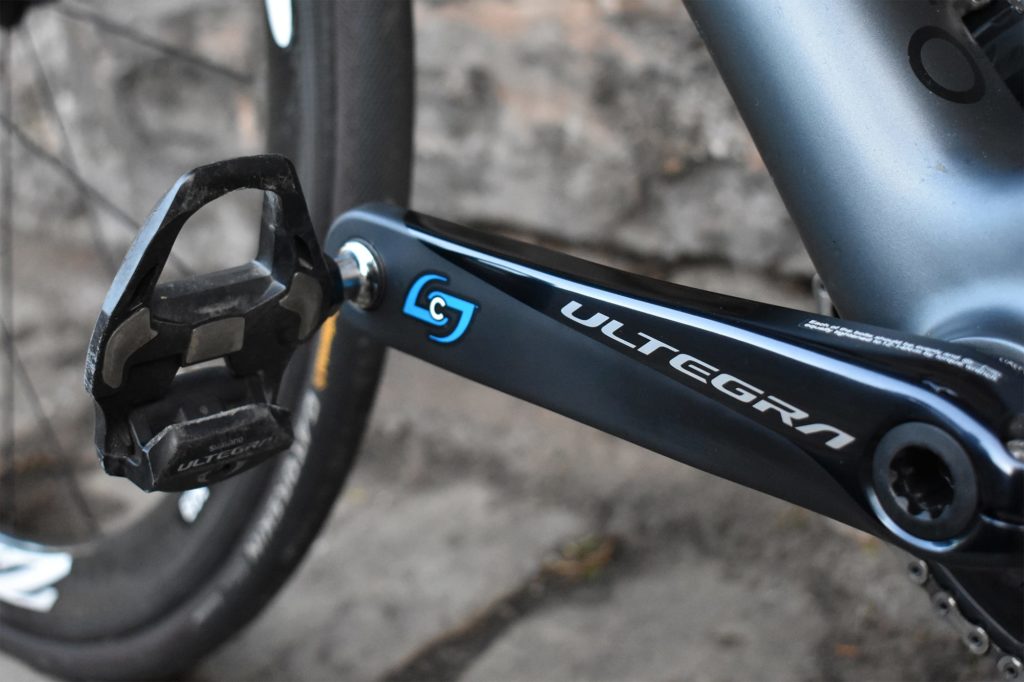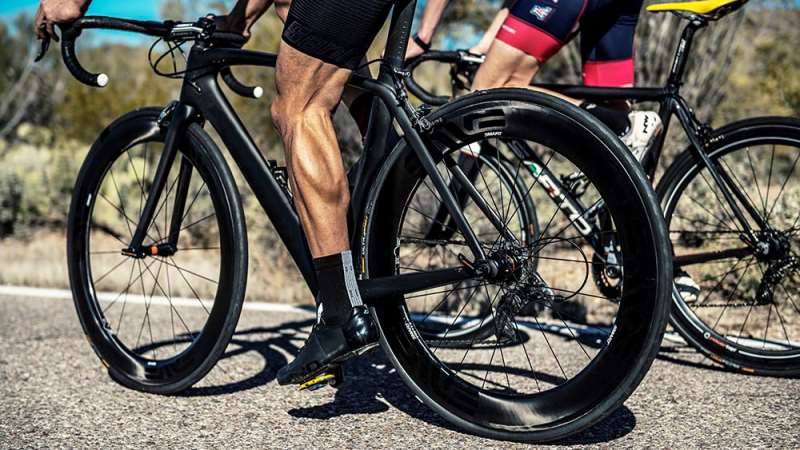
Energy Race
The energy race allows you to measure the power and energy generated by the user while pedaling on the bicycle. The stationary bike is instrumented with sensing devices which provide the necessary data to compute an estimate of the transferred energy.
Components:
- Bicycle
- Electronic instrumentation
Working Principle:
The bicycle has been adapted to collect data on power and total energy generated.
In high-performance athletes these measurements are crucial for the athlete to be able to evaluate their performance and progress more quickly.
A cycling power metre is a gadget mounted on a bicycle that measures the rider’s power output.

Power metres may be coupled with ordinary bike computers and communicate data wirelessly. Power metres can be a beneficial training tool since they provide instantaneous feedback to the athlete and enable for more detailed analysis of rides.
Power metres typically communicate data via the ANT+ or Bluetooth Low Energy protocols and can be connected to regular bike computers to display information about the rider’s power output.
Power metres provide an objective measurement of real output, allowing for easy tracking of training progress—something that is more difficult to do with a heart rate monitor alone. Cyclists frequently train at various intensities depending on the adaptations they desire. Using multiple intensity zones is a typical practise. These zones are commonly computed from the power output corresponding to the so-called lactate threshold or MAP while training with power (maximal aerobic power).

Heart rate monitors measure the physiological effect of effort and thus ramp up more slowly than power metres. Power metres provide instant feedback to the rider about their performance and measure their actual output; Instead of waiting for their heart rate to reach a set point, an athlete undertaking “interval” training using a power metre may instantly see that they are producing 300 watts, for example. Furthermore, power metres calculate the force that propels the bike forward multiplied by the required velocity. Compared to heart rate monitors, this has two key advantages:
- An athlete’s heart rate may remain constant during the training period, but their power production is decreasing, which a heart rate monitor cannot detect;
- While a tired athlete may train at their usual heart rate, they are unlikely to produce their typical power — a heart rate monitor will not indicate this, but a power metre would. In addition, power metres let riders to experiment with cadence and assess its impact on speed and heart rate.
The combined use of power metres and power models has resulted in a growing number of scientific studies of riding settings and rider physical attributes.
Instructions:
- Follow the instructions on the panel
- Pedal for the predetermined time
- Register the maximum power and energy generated